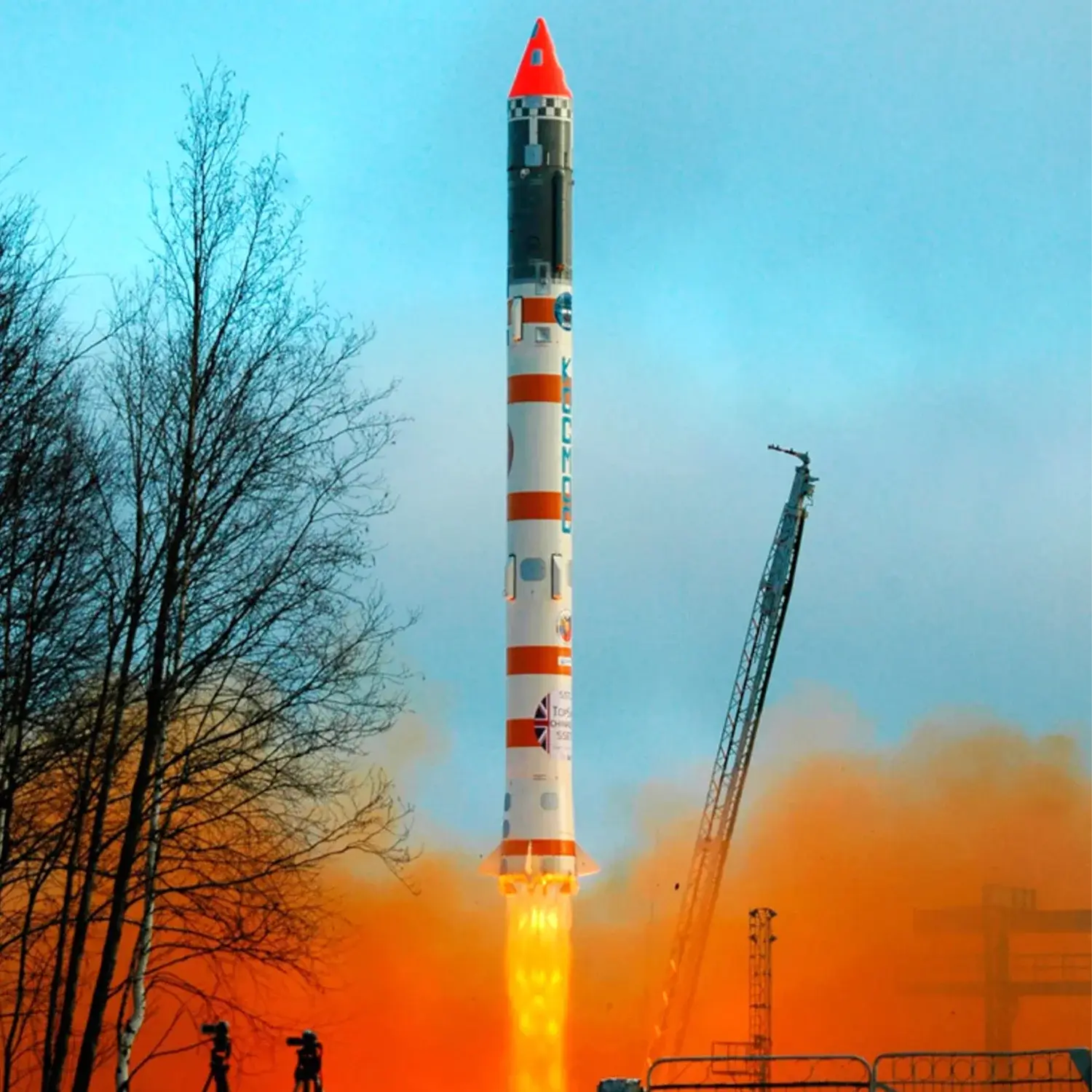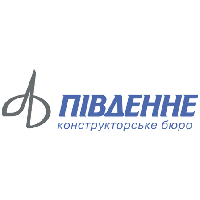Tsikada 1, Faisat 1 & Astrid 1
Launch Success
Liftoff Time (GMT)
03:54:22
Tuesday January 24, 1995
Mission Details
Tsikada 1
Tsikada was a Soviet civilian satellite navigation system used by the Soviet Merchant Marine and Academy of Sciences, but also by the military. It was equivalent to the purely military Parus system. The Tsikada satellites were very similar to the Parus satellites and also used an NPO PM-built pressurized cylindrical bus with gravity-gradient stabilization. The satellites transmitted Doppler-shifted VHF transmissions at around 150 MHz and 400 MHz of their position and orbital characteristics. They operated from a 1000 km orbit with 82.9° inclination. Satellites were placed in planes spaced 45° apart. The development of Tsikada began in 1974 and the first satellite was launched in 1976. The system entered the operational phase in 1978. Also operated in the Tsikada system were the Nadezhda and Nadezhda-M satellites, which featured an additional search and rescue system for locating vessels and aircraft in distress. Beginning in the 1990ies, the Tsikada system was gradually superseded by the Uragan (GLONASS) system.
Low Earth Orbit
1 Payload
820 kilograms
Faisat 1
Faisat 1 (Final Analysis Inc. Satellite) is a 115 kg minisatellite by Final Analysis Inc. FAISAT also includes a secondary USAF payload (capilliary loop?), which is reported to have not yet been switched on due to lack of funding. The satellite is the forerunner in a proposed constellation and tested communication protocols in the little LEO VHF and UHF bands. It has a downlink at 400.6 MHz. FAISAT-1 was not able to establish satisfactory remote terminal demonstrations and communication links. It was eventually switched off in May 1996 when it was decided that different frequency bands were to be used for the constellation.
Low Earth Orbit
1 Payload
115 kilograms
Astrid 1
Astrid 1 is a small spin-stabilized satellite weighing 27 kg. It is Sweden's third scientific satellite and first microsatellite. Astrid 1 carries an Energetic Neutral Atom analyzer, an Electron Spectrometer, and two UV imagers for imaging the aurora. The platform was designed and developed by Swedish Space Corporation's Space Systems Division in Solna, Sweden, while the payload was developed by the Swedish Institute of Space Physics in Kiruna.
Low Earth Orbit
1 Payload
27 kilograms
Launch Site
Stats
Cosmos-3
440th
Mission
1st
Mission of 1995
1995
3rd
Orbital launch attempt

